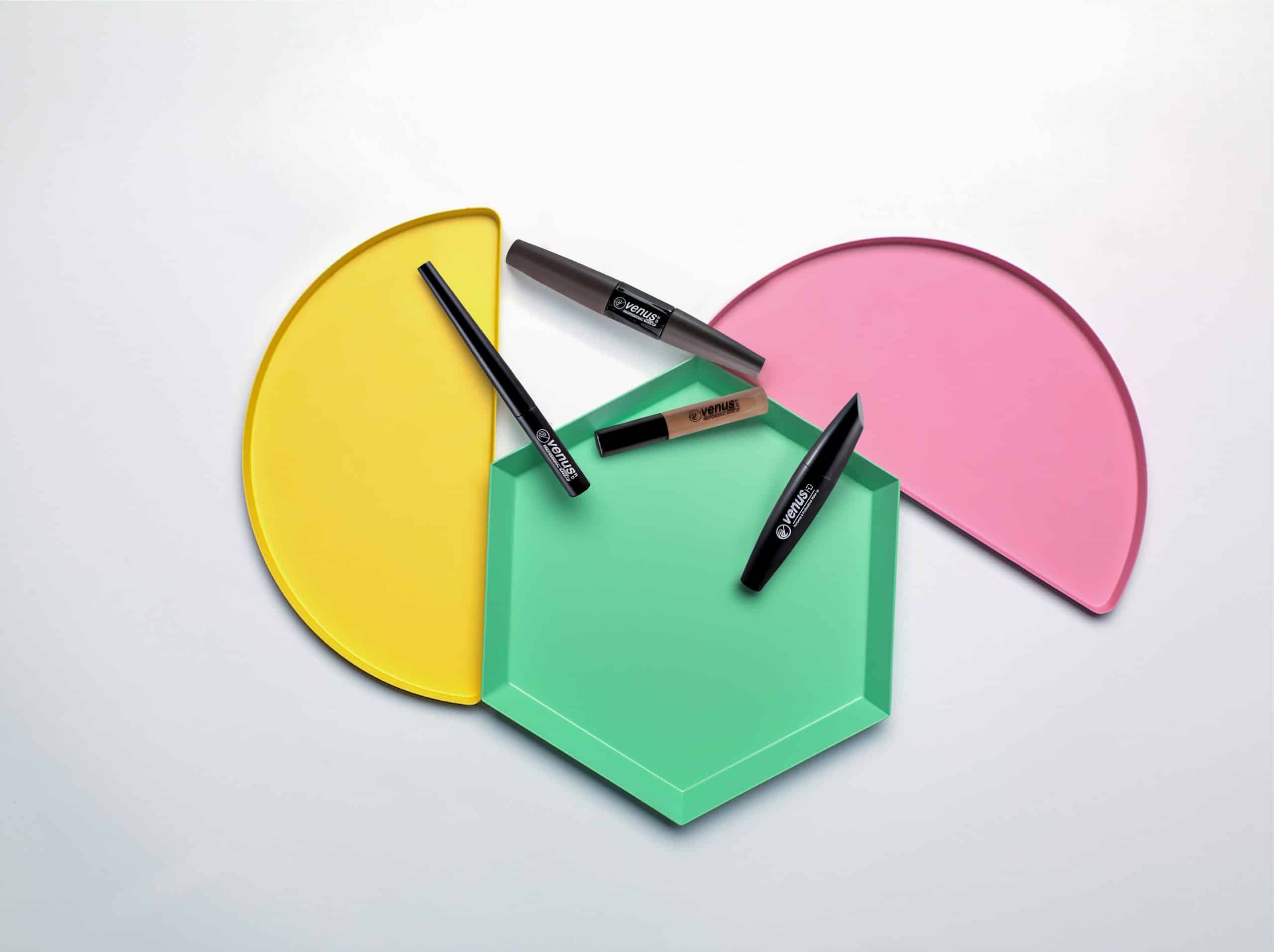What Strategies Can UK Cosmetic Brands Use to Validate Product Claims Transparently?

In the competitive cosmos of the beauty industry, UK cosmetic brands are vying for consumer attention, trust, and loyalty. It's a pursuit that goes beyond showcasing the product's aesthetic appeal or promising miraculous results. Today's consumers crave for more: transparency. They want to know what’s inside the bottle, how it impacts their health and the environment, and if the claims made are valid. In light of this, what strategies can cosmetic brands use to validate product claims transparently? Let's explore.
Harnessing the Power of Sustainability
Sustainability has ceased to be just a buzzword. It has become a movement, an ethos that many consumers are aligning themselves with. The rise of environmental consciousness has led to increased scrutiny of not only the ingredients used in cosmetics but their packaging as well.
A voir aussi : How Can UK Logistics Companies Leverage IoT for Real-time Supply Chain Visibility?
For cosmetic brands, embracing sustainability means demonstrating commitment in various dimensions. It requires conducting business in a way that safeguards the environment, ensuring the safety of consumers, and contributing positively to social causes.
Brands can start by reviewing their ingredient sourcing and production methods. Switching to renewable, cruelty-free sources and adopting environmentally-friendly manufacturing processes communicates respect for the planet and its inhabitants.
Dans le meme genre : How Can UK Coastal Resorts Implement Sustainable Tourism Practices?
Similarly, opting for recyclable, biodegradable packaging signals a brand's commitment to reducing plastic waste, a significant environmental issue. Brands can also leverage refillable product packaging, further minimizing waste and promoting a circular economy.
Ensuring Ingredient Safety and Transparency
Safety is a primary concern for beauty consumers. To validate their claims and earn consumer trust, brands need to be open about the ingredients they use.
Being transparent about ingredients involves listing all components used in the product. It isn’t enough to claim products are free from harmful components; brands should also educate consumers about what each ingredient does. This can be done through the product’s packaging or via the brand's website.
Brands can also validate their safety claims by obtaining certifications from relevant authorities or independent bodies. These certifications serve as a verification that their products have been tested and deemed safe for use.
Engaging in Socially Responsible Practices
Social responsibility is another aspect that shapes a brand's image and credibility. In the cosmetic industry, this can mean many things - from the treatment of animals to fair-trade, and supporting charitable causes.
Brands can validate their social responsibility claims by aligning their business practices with recognised standards and principles. For instance, to claim cruelty-free status, brands can seek certification from bodies like Leaping Bunny or PETA.
Moreover, brands can also show their commitment to social causes by partnering with non-profit organizations or implementing cause-related marketing campaigns.
Adopting Rigorous Testing Methods
Consumers increasingly demand proof that the products they use deliver on their promises. Thus, rigorous testing methods are vital in substantiating a product's efficacy claims.
Brands can partner with independent laboratories or research institutions to conduct clinical trials, user perception studies, or in-vitro tests. The results obtained can be used to support the claims made about the product.
It's crucial, though, that these testing processes are transparent and adhere to ethical guidelines. Brands should make the testing data accessible to consumers, highlighting the objectivity and integrity of their research.
Promoting Clear Communication
Last but not least, communication plays a pivotal role in validating product claims transparently. Brands must be honest, clear, and straightforward in their messaging.
Avoiding greenwashing or any form of misleading marketing is essential. Brands need to ensure their sustainability, safety, and efficacy claims are not overly exaggerated or unsubstantiated.
To keep the communication transparent, brands can consider having a dedicated section on their website where they share detailed information about their products, testing methods, sustainability initiatives, and social responsibility programs. Regularly updating consumers about their efforts and progress is another way brands can maintain an open dialogue with their audience.
In the end, a brand's commitment to transparency and authenticity not only validates product claims but also fosters a stronger relationship with consumers. It's a strategy that reaps long-term benefits, transforming consumers into loyal advocates who trust and believe in what the brand stands for.
Emphasizing Supply Chain Transparency
The supply chain of a cosmetic product is an intricate web that starts from the sourcing of raw materials to the distribution of the final product. In an era where consumers are making more informed choices about what they purchase, supply chain transparency is no longer optional for cosmetic brands.
Transparency in the supply chain involves divulging information about where and how cosmetic ingredients are sourced, the labour conditions under which they are produced, and the environmental impact of these processes. For instance, if a brand uses natural organic ingredients, it must provide clear information about their origin, cultivation practices, and whether ethical trade principles were adhered to during sourcing.
Moreover, brands should ensure their suppliers and partners align with their ethical and sustainability standards. Conducting regular audits and assessments can help in maintaining the integrity of the supply chain.
Brands can make this information available to consumers through various platforms. For example, cosmetic brands can use their websites to provide detailed insights into their supply chain practices, use social media to share behind-the-scenes footage from their factories or farms, or incorporate QR codes on product packaging that direct consumers to this information.
By setting the standard for supply chain transparency, brands not only validate their product claims but also enable consumers to make better, more informed choices.
Leveraging the Power of Social Media and Technology
In the digital age, cosmetic brands can leverage the might of social media and technology to validate their product claims transparently.
For many consumers, especially millennials and Gen Z, social media platforms are a primary source of information about cosmetic products and brands. Therefore, these platforms present an excellent opportunity for brands to communicate their values, share information about their products, services and initiatives, and engage in dialogue with their audience.
Brands can use social media to share content that educates consumers about the ingredients used in their products, the processes involved in product development, their environmental and social initiatives, and the proof behind their product claims. Engaging influencers who align with the brand's values can also enhance the brand's credibility and broaden its reach.
Furthermore, brands can employ technology to offer a more interactive, immersive experience to consumers. Augmented reality (AR) and virtual reality (VR) can be used to offer virtual tours of the brand’s manufacturing facilities or farms where their ingredients are sourced. Blockchain technology can be used to trace the journey of a cosmetic ingredient from farm to product, providing an unalterable record of its journey.
By leveraging social media and technology, brands can demonstrate their commitment to transparency and build stronger connections with their consumers.
Conclusion
In conclusion, validating product claims transparently is not just about adhering to regulations or avoiding consumer backlash. It's about being an ethical, responsible brand that respects its consumers and the environment. It's about fostering trust and building long-term relationships with consumers.
The strategies discussed in this article - harnessing sustainability, ensuring ingredient safety and transparency, engaging in socially responsible practices, adopting rigorous testing methods, promoting clear communication, emphasizing supply chain transparency, and leveraging the power of social media and technology - offer a comprehensive approach to validating product claims transparently.
However, it's important to remember that transparency should not be a one-time effort or a marketing tactic but a core element of a brand's business strategy and operations.
As the cosmetics industry continues to evolve, brands that put a premium on transparency will be the ones that stand out, earn consumer trust and loyalty, and succeed in the long run. They will set a positive example for the rest of the cosmetic industry to follow, driving a shift towards a more ethical, sustainable and transparent beauty industry.
